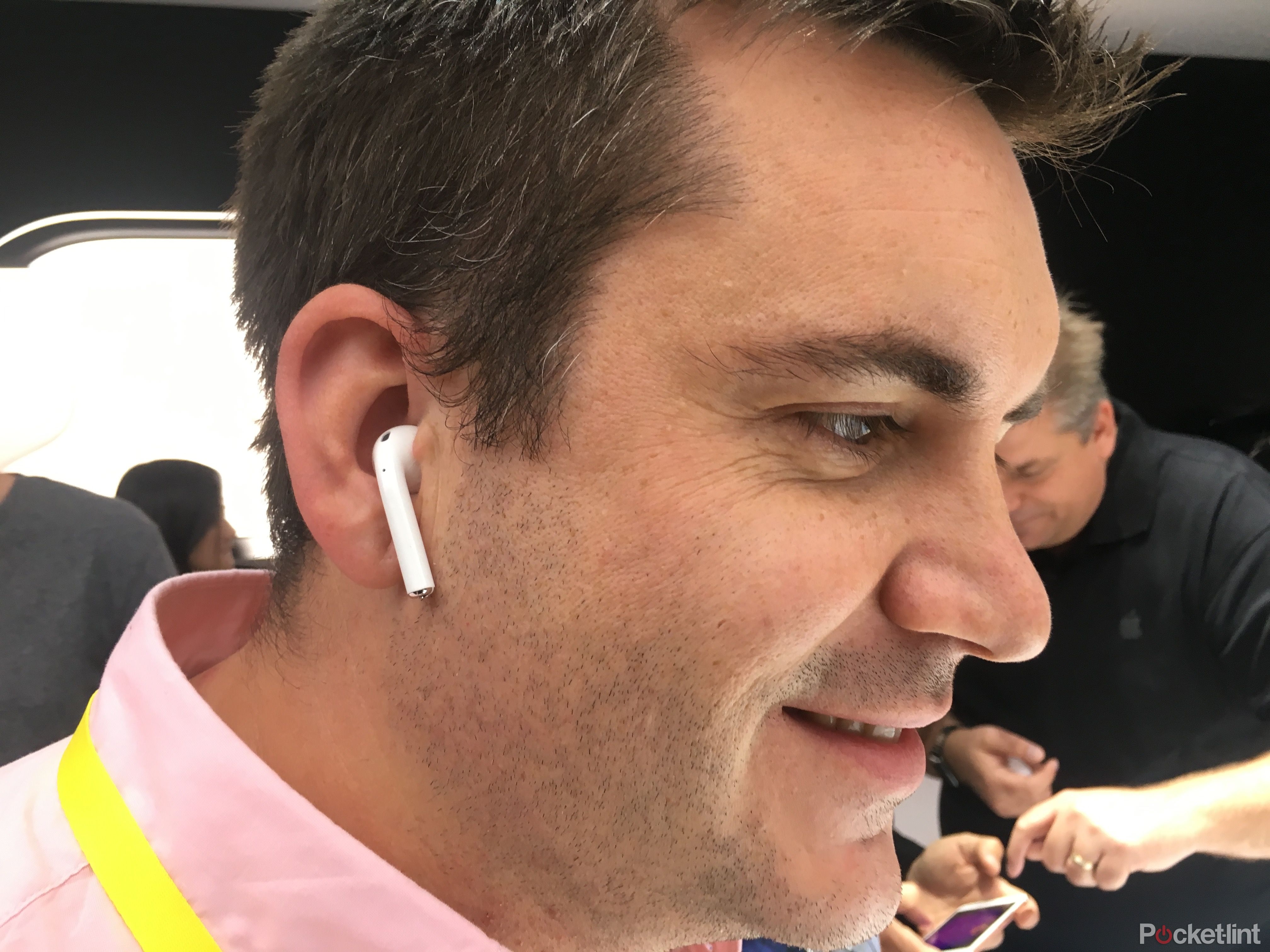Of all the devices launched at the Apple special event in September, it's the AirPods that have attracted the most attention.
The iPhone 7 is a phone, an incremental update of last year's device; the iPhone 7 Plus is much the same, although the addition of the dual camera looks like Apple being a little reactionary and following the rest of the market - something the company rarely does.
The Apple AirPods, however, are something else.
As is customary, Apple described the AirPods as "magical", both in the introduction on stage and on the Apple website. It's a familiar Apple superlative that's been used many times before. How exactly can a Bluetooth headset be magical?
Apple was very precise in the introduction of the AirPods. The emphasis was on the W1 chip that sits inside the AirPods and some of the new Beats headsets. Never once was Bluetooth uttered. Perhaps that's because Bluetooth is old, familiar, common, and the bane of the wireless audio experience. But the AirPods are Bluetooth and Apple has said so on its website.
So why are the AirPods innovative? Because they solve a huge Bluetooth problem and that's around connectivity. The AirPods seamlessly connect to your iPhone and that connection syncs via iCloud to your other Apple devices, so everything can then connect.
That's innovation right there, because with other Bluetooth headphones, you have manually go through the process of connecting to the devices you want to connect to. That would be your iPhone, your iPad, your Mac, your Watch. With AirPods, it's done in a flash. No fuss, just efficiency.
This efficiency goes further with a built-in sensor. Pull the AirPod from your ear and it shuts off. Your phone will know whether it's supposed to be taking a call though your headset, or the handset, without having to switch from one output to the other manually. That's clever too: if you've ever juggled with taking a call through a headset or the handset, it will save more fuss. More than once we've taken a call that's being routed through Bluetooth headphones we're not even wearing.
What this really plays to is the advantage of ecosystem. Apple's most valuable asset is that it's making everything, software, hardware, accessories. It can circumnavigate traditional pain points by making everything automatic – as long as you're within that ecosystem.
Others have tried to do this. NFC has been used as a connection protocol for exactly this purpose: tap your phone on these headphones to connect, without the faff of opening up Bluetooth settings and so on. NFC has been good, but it's limited to those close contact devices. There's no ecosystem sitting in the background of the HTC phone that you're trying to connect to those Sony headphones, that you'll also want to use with your MacBook.
This is the challenge that Android perhaps faces. Together not the same has run as the Android tagline, and variety is very much the advantage that Android has over Apple. There's so much in Android that's different, you know where you are and what you're doing with access to so many different devices. But imagine being able to pair those headphones and know that you're now synced to whichever device you're going to use – that Samsung phone, Nexus tablet or Tag Heuer watch.
We're yet to really see the AirPods in action in a wide variety of situations, and it's not really having two wireless earpieces that's innovative, as we've seen it all before: it's the idea of a better level of connectivity that's the important point and a better user experience that gets us excited.
As for the design, that's a different matter and probably best left to Twitter's reaction:
READ: Apple AirPods review: Wire-free future or design disaster?

